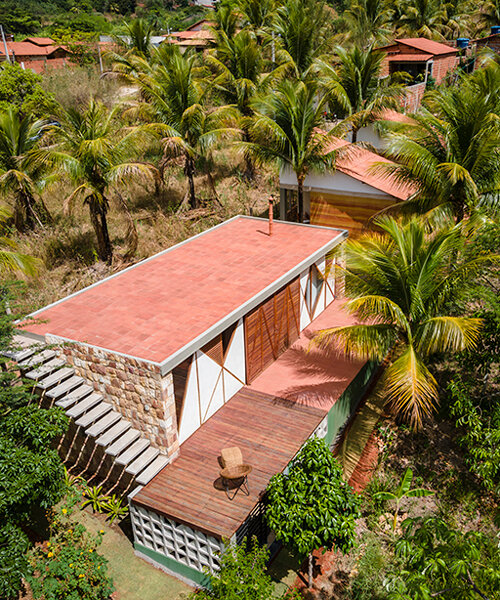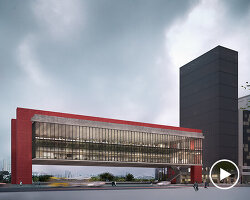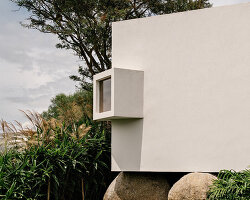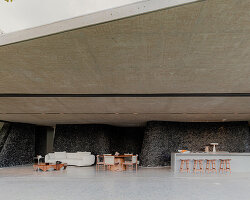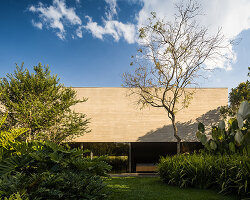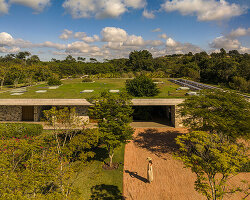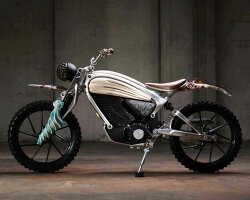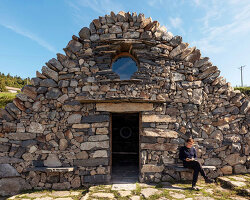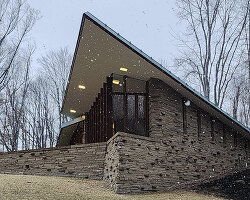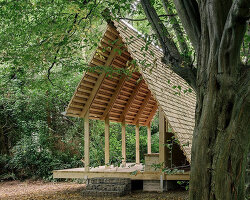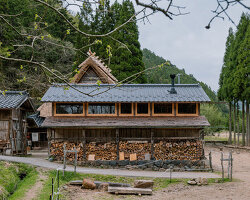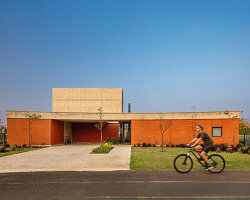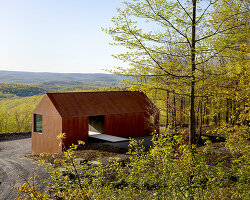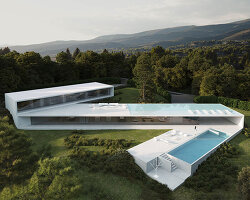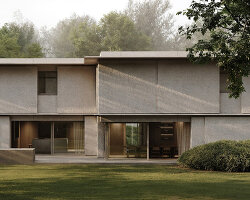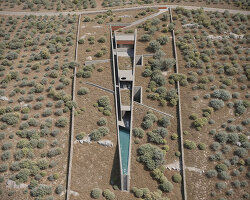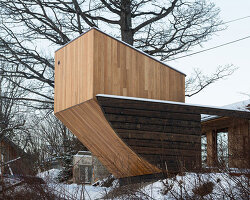AzulPitanga constructs VV House using natural local materials
Nestled among coconut trees at the foot of Chapada Nacional do Araripe in Barbalha, Ceará, Brazil, VV House harmonizes with its natural surroundings through thoughtful design and material selection. Designed by AzulPitanga, the house utilizes local materials such as Barbalha stone and rammed earth to blend into the landscape.
The house is divided into four distinct structures connected by external pathways that guide residents and visitors both physically and visually. The layout includes a social block, the couple’s suite, a guest suite, and an open space for storing a vintage Beetle car. The social block features a gathering room, kitchen, storage room, toilet, and a gazebo that offers panoramic views of the landscape.
Instead of imposing a large built volume onto the site, the design fragments the house to preserve existing flows of energy, animals, water, and wind. This approach aims to minimize disruption to the natural environment, allowing the house to camouflage itself within the grand natural landscape of the Araripe National Forest.
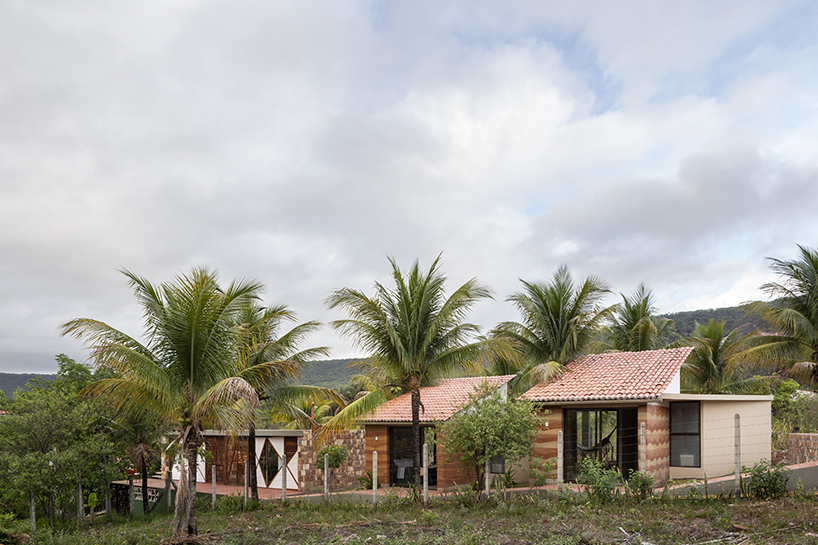
all images by © Igor Ribeiro
Stone and Rammed Earth VV House Integrates with Nature
The design team at AzulPitanga employs rammed earth walls for their thermal inertia and ability to regulate interior temperatures. The rooms are oriented to receive sunlight from the east and west, with protective elements such as small balconies and closets shielding them from the harsh western sun. Bathrooms feature large windows that open to the landscape, reinforcing the residents’ desire to bathe in nature. Natural stone flooring in the bathrooms enhances this experience.
The social block is defined by two parallel Barbalha stone walls and a large rectangular slab roof supported by four recessed pillars. The east and west facades incorporate a half-timbering technique using massaranduba wood bars sealed with reinforced mortar, fixed glass, or wooden shutters. The design includes large sliding shutter doors and an external stone wall staircase leading to a rooftop viewpoint.

VV House by AzulPitanga nestles among coconut trees at the foot of Chapada Nacional do Araripe in Barbalha
AzulPitanga’s VV House Balances Tradition and Modernity
The project preserves a water line that crosses the land during rainy periods, maintaining the flow of water to the Arajara River. The circulation axis of the house follows the natural topography, integrating ramps and terraces among the trees. This design ensures that the house is born from its surroundings, respecting and maintaining the pre-existing natural flows.
The design reflects the clients’ philosophy of living in harmony with natural energies, as evidenced by their everyday practices. The house, with its minimalist architecture and Mediterranean identity, responds to the environment, embodying a delicate balance between tradition and modernity. VV House by AzulPitanga exemplifies a sensitive and sustainable approach to architecture, integrating seamlessly with its environment while providing functional and aesthetic living spaces.
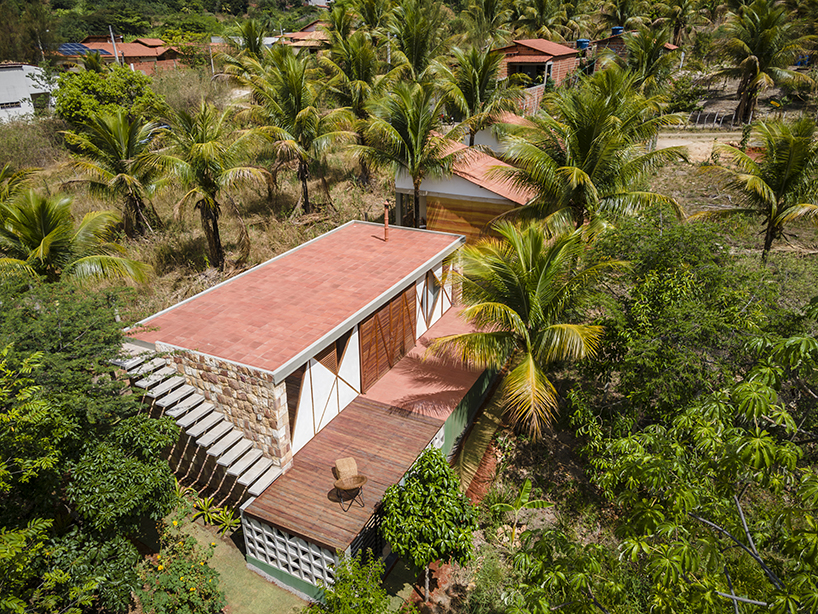
VV House utilizes local materials such as Barbalha stone and rammed earth
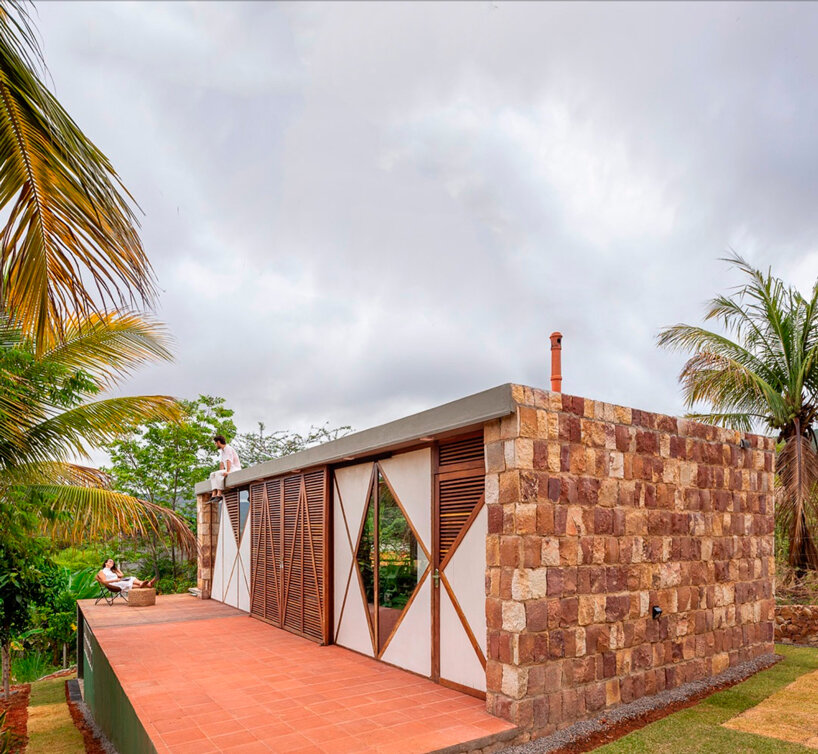
the house is divided into four distinct structures connected by external pathways
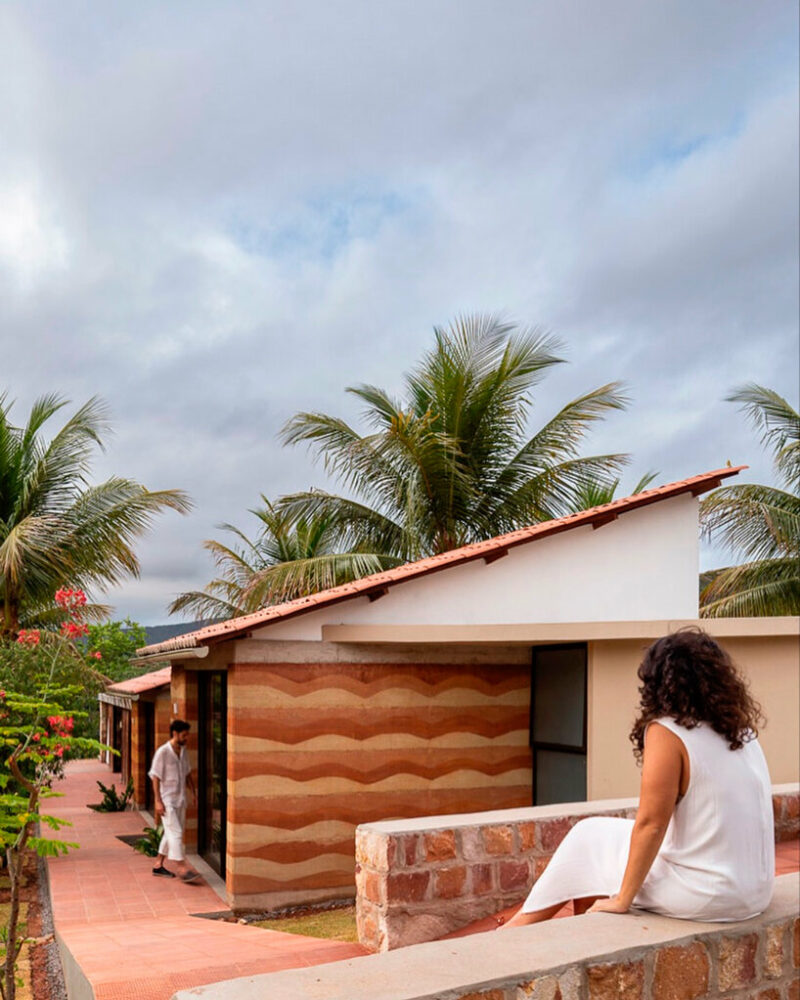
the design fragments the house to preserve existing flows of energy, animals, water, and wind
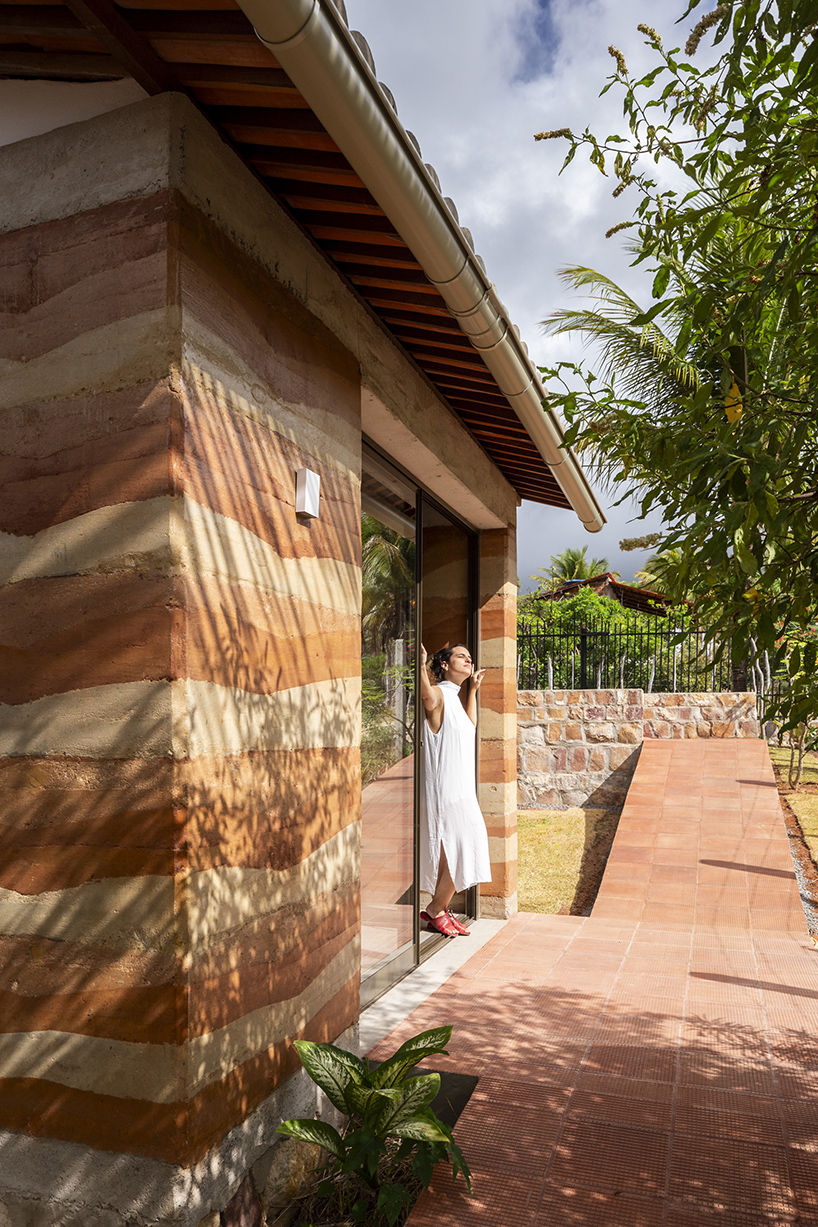
AzulPitanga’s design allows the house to camouflage itself within the natural landscape of the forest
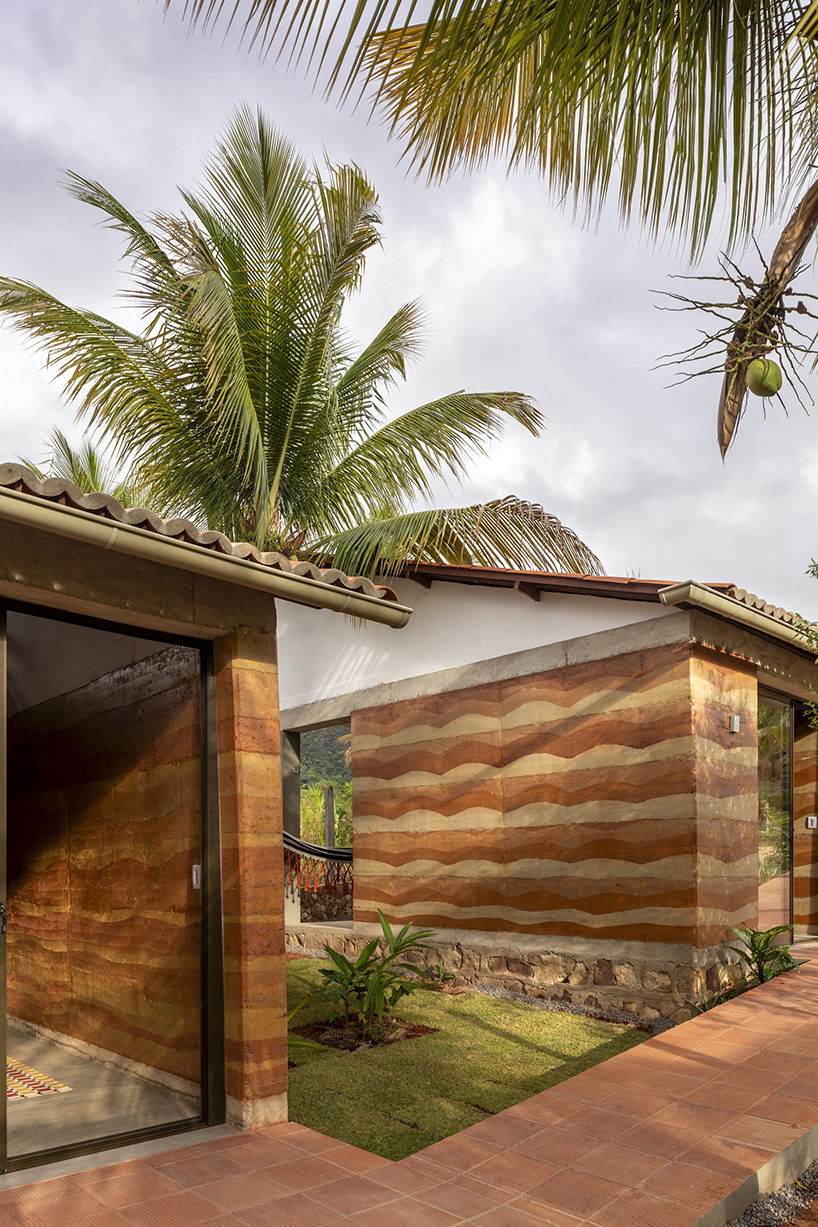
rammed earth walls provide thermal inertia, regulating interior temperatures effectively
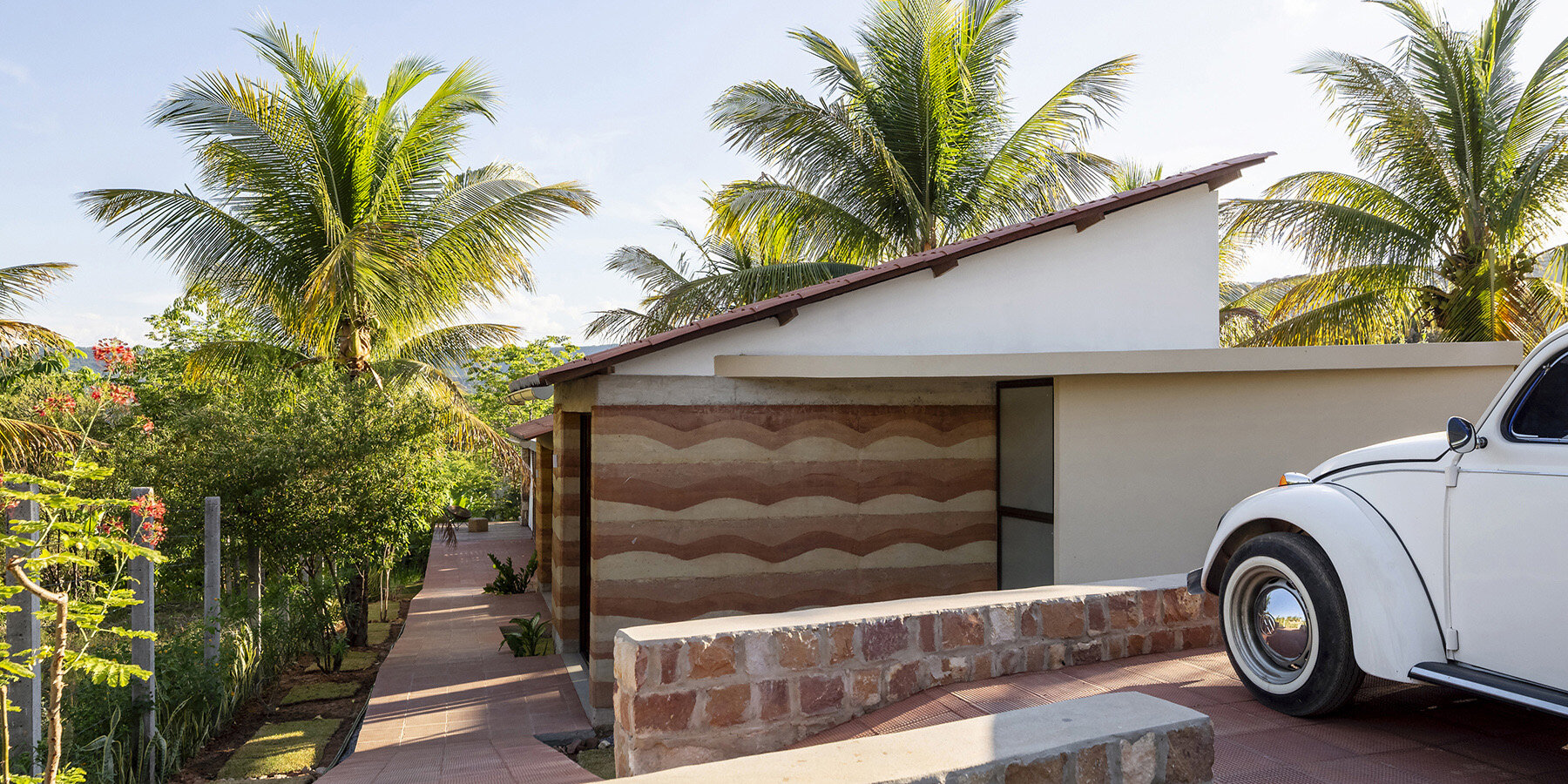
the layout includes a social block, the couple’s suite, a guest suite, and an open space for storing a vintage Beetle car
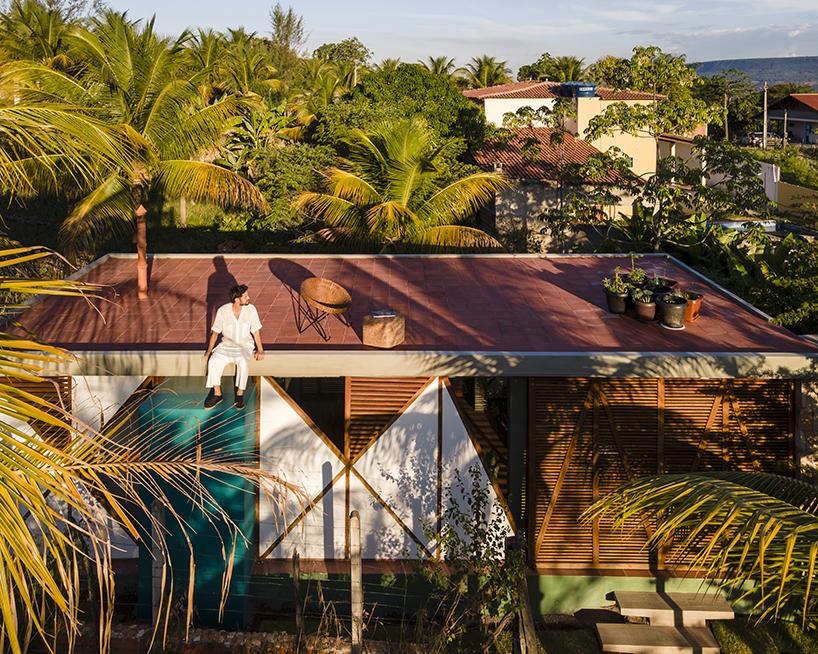
the social block offers panoramic views of the landscape
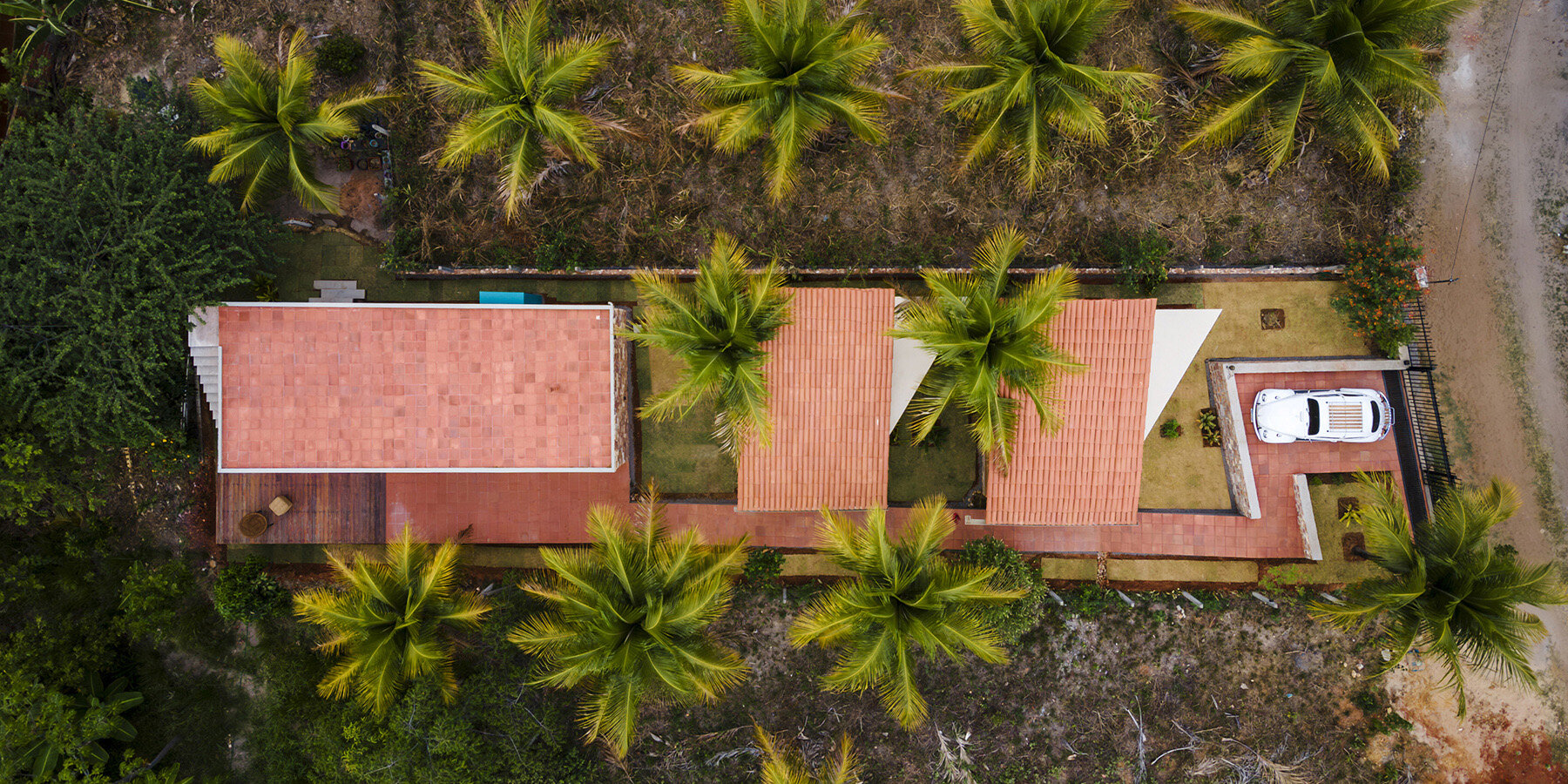
VV House’s layout integrates ramps and terraces among the trees
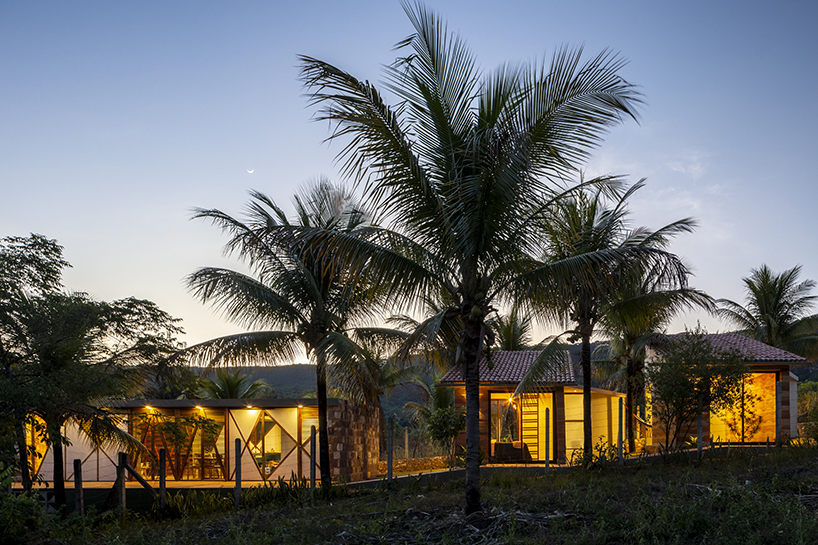
facades incorporate massaranduba wood bars, reinforced mortar, fixed glass, or wooden shutters
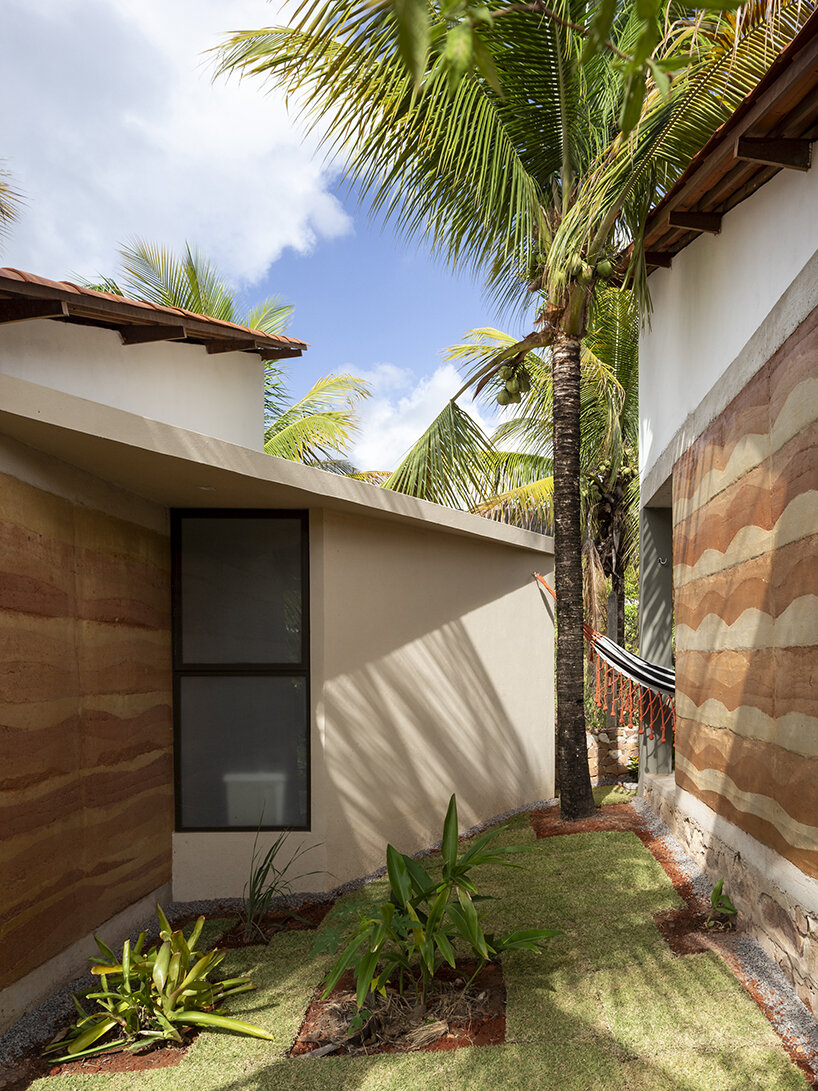
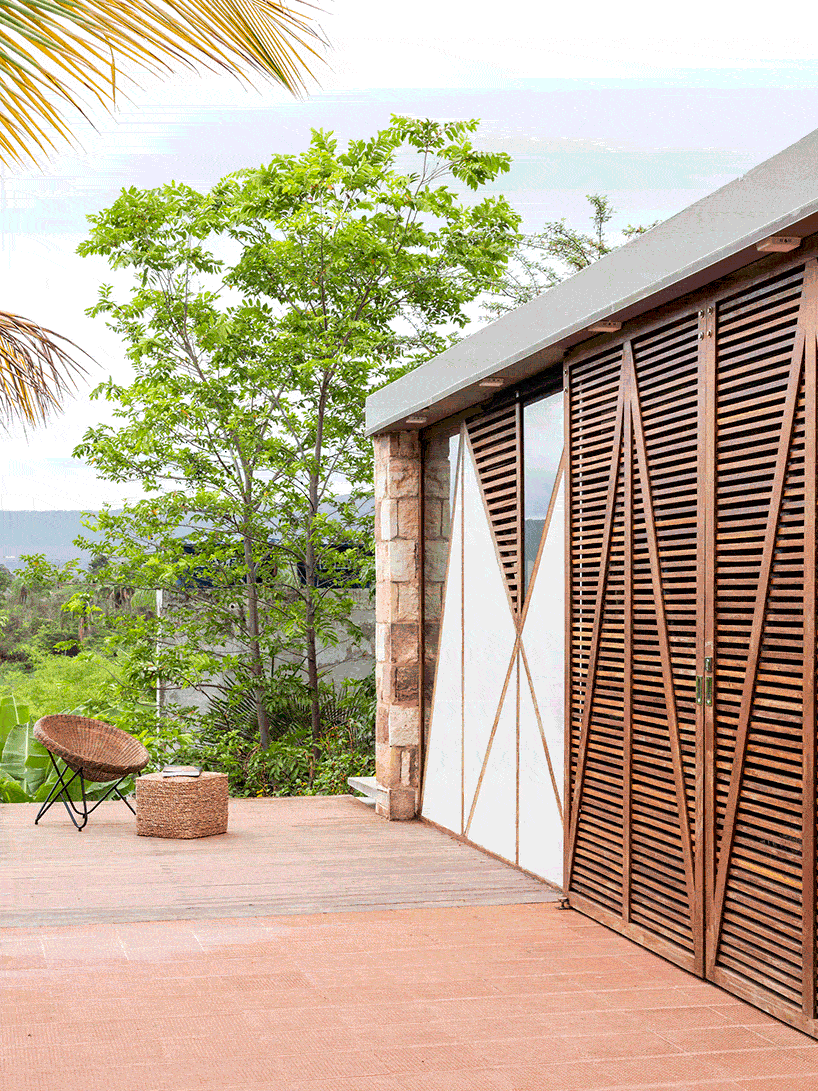
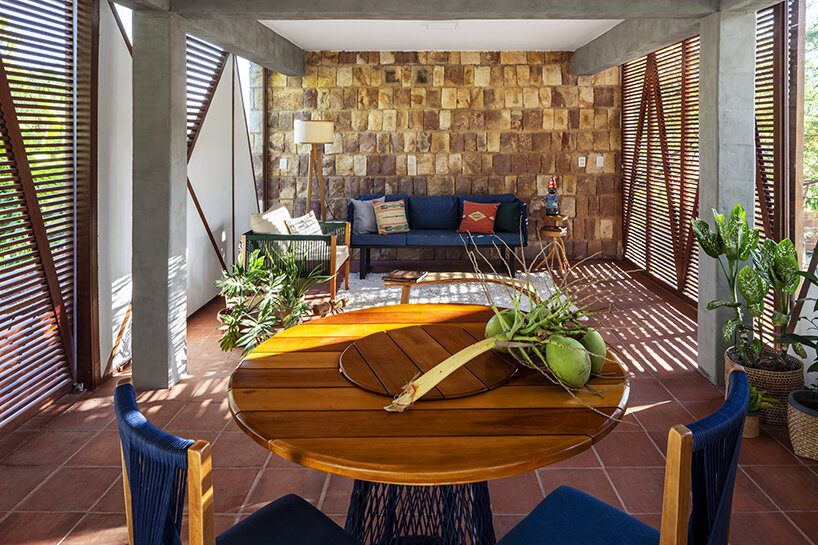
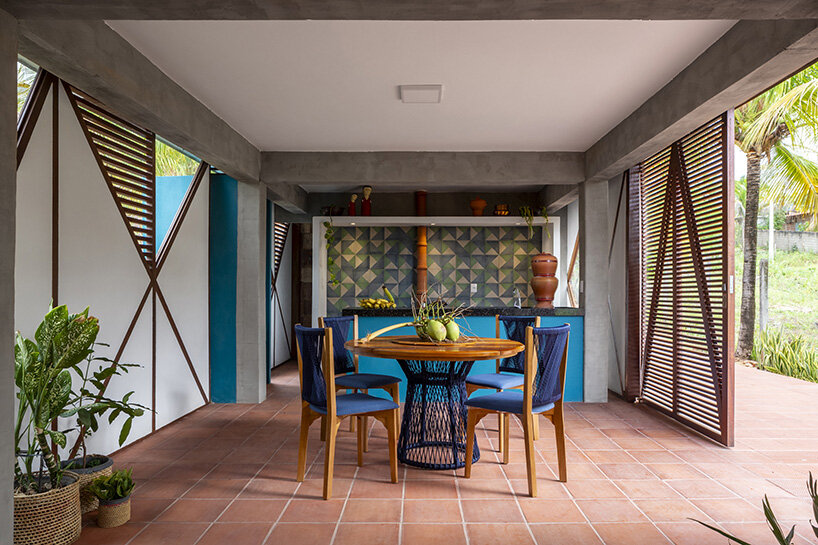

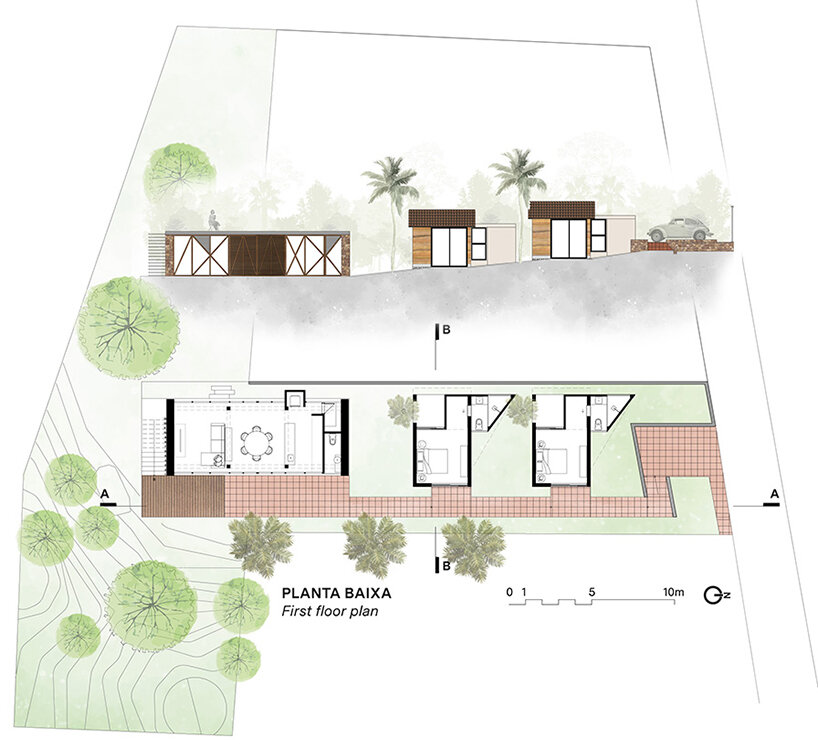
project info:
name: VV House / Casa VV
lead designers: André Moraes, Carolina Mapurunga
architect: AzulPitanga | @azul.pitanga
collaboration: Andressa Gomes, Thomaz Soares
interns: Bianca Garcia, Rute Millene
bioconstruction: João, Francisco, Ciçô
clients: Antônia Valdineide, Vanda Maria
graphical representation: Liverny Chaves
area: 120 sqm
location: Barbalha, Brazil
photography: Igor Ribeiro
designboom has received this project from our DIY submissions feature, where we welcome our readers to submit their own work for publication. see more project submissions from our readers here.
edited by: christina vergopoulou | designboom
